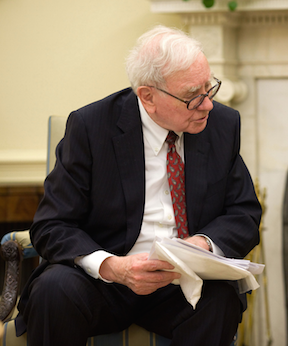by Fred Fuld III
Many airline stocks have taken a hit over the last month, and even the last couple trading days. Several of these airline stocks are heavily shorted. When stocks rise quickly in price for whatever reason, short sellers scramble to cover their positions by buying shares, and causing the price of the stocks to increase even more.
Traders and investors can make money on the long side from short squeezes. One technique that stock traders utilize is buying short squeeze stocks, companies have been heavily shorted. Here is a more extensive explanation of short squeezes.
When you short a stock, it means that your goal is to make money from a drop in the price of a stock. Technically, what happens is that you borrow shares of a stock, sell those shares, then buy back those shares at a hopefully lower price so that those shares can be returned. This all happens electronically, so you don’t actually see all the borrowing and returning of shares; it just shows up on your screen as a negative number of shares.
Short selling can be profitable, but sometimes when the stock moves against the short sellers, and begins to rise, the short sellers jump in right away to buy shares to cover their positions, creating what is called a short squeeze. When a short squeeze takes place, it can cause the share prices to increase fast and furiously. Any good news can trigger the short squeeze.
Some traders utilize this situation by looking for stocks to buy that may have a potential short squeeze. Here is what a short squeeze trader should take into consideration:
Short Percentage of Float ~ The float is the number of freely tradable shares and the short percentage is the number of shares held short divided by the float. Amounts over 10% to 20% are considered high and potential short squeeze plays.
Short Ratio / Days to Cover / Short Interest Ratio -This is probably the most important metric when looking for short squeeze trades, no matter what you call it. This is the number of days it would take the short sellers to cover their position based on the average daily volume of shares traded. This is a significant ratio as it shows how “stuck” the short sellers are when they want to buy in their shares without driving up the price too much. Unfortunately for the shortsellers, the longer the number of days to cover, the bigger and longer the squeeze.
Short Percentage Increase ~ This is the percentage increase in in the number of short sellers from the previous month.
Here is one example from the list below. American Airlines (AAL) is a stock that is heavily shorted. As a matter fo fact, 30% of the float is shorted. (The float is the number of shares of the company that are freely tradeable.) Plus, the number of shares shorted has increased by 5% over last month.
So what airline stocks are heavily shorted that may be worth a closer examination? Check out the following list, but be aware, that often some stocks are heavily shorted for a reason. All these stocks have significant short metrics.
Possibly a short squeeze will cause a few of these to fly higher.
| Stock | Symbol | % of Float | Days to Cover |
| American Airlines | AAL | 30% | 1.5 |
| Allegiant | ALGT | 15% | 5.8 |
| Spirit Airlines | SAVE | 23% | 0.8 |
| United Airlines | UAL | 11% | 0.5 |
Disclosure: Author didn’t own any of the above at the time the article was written.



